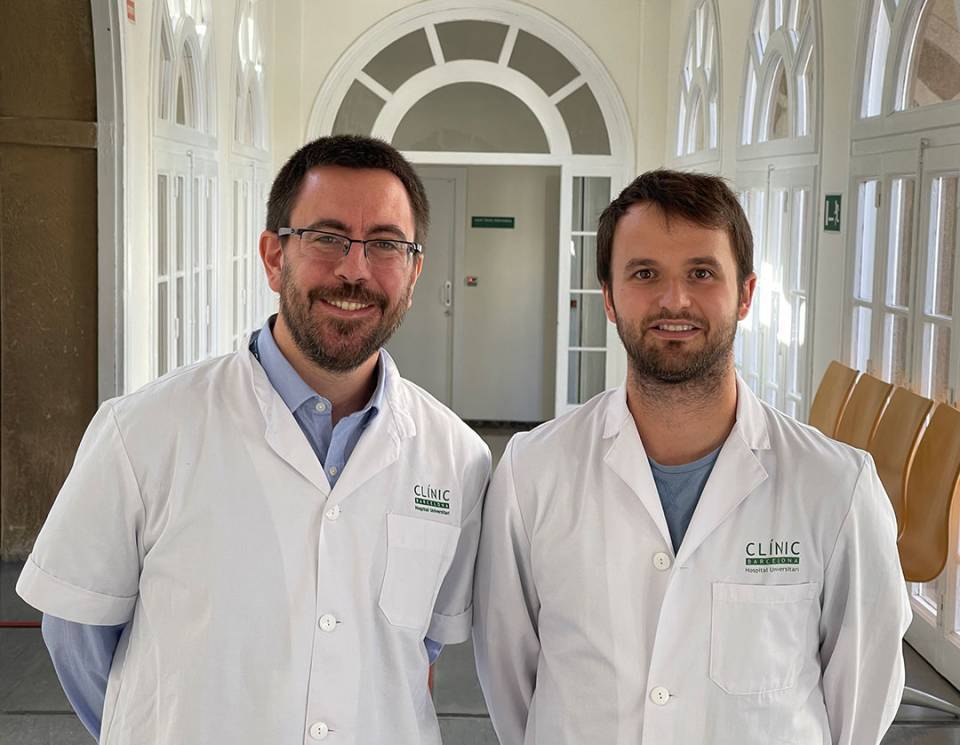Frequently asked questions about Age-related Macular Degeneration
What is wrong with me?
AMD, or age-related macular degeneration, is a degenerative disease that affects cells in the centre of the retina, an area called the macula. This leads to a loss of central vision.
Yes. Although it is currently considered as a continuation of the same disease, advanced AMD appears in two forms – the dry or atrophic form and the wet or exudative form.
This type of AMD is characterised by the growth of abnormal blood vessels that leak fluid or blood in the macula, leading to a “waterlogged” retina. It causes a sudden loss of central vision. This subtype is considered one of the most advanced and severest forms of the disease.
This is the most common form of the disease. Dry macular degeneration brings about a progressive loss of macular cells which results in blurred central vision. As the disease worsens, the blurred spot becomes permanent and lead to the loss of the patient’s central vision. The progression is slow (over years) and it can take decades before there is a total loss of vision.
Early stages of AMD can course without any symptoms and it is diagnosed through eye tests. Furthermore, people often do not realise they have a problem when AMD appears in just one eye. It is therefore very important that each eye is tested separately and if you notice blurred vision, then you should visit your ophthalmologist immediately.
Age-related maculopathy (ARM), early, intermediate and the advanced dry form of age-related macular degeneration (AMD) are all referred to as dry forms of AMD. Each of them may occur in one or both eyes.
- In ARM and early AMD, small yellowish deposits called drusen accumulate under the retina and generally start to appear from the age of 50 onwards. The initial stages course without any symptoms or vision loss.
- In intermediate AMD, the drusen have developed into medium or large-sized deposits and the patient may start to notice a blurred central area of vision. By this stage patients typically require more light to read or carry out other tasks.
- In advanced dry AMD, the cells that detect light are now affected and there is a spot in the centre of the patient’s vision. Over time, this spot may grow larger and darker, which mainly affects the central vision, to such an extent that it can become difficult to read or even recognise faces.
Macular drusen are deposits of residual cells that the body is unable to eliminate through its blood vessels and therefore they start to collect until accumulations are formed in the macula or around the optic nerve.
Isolated drusen do not cause vision loss. However, the presence of drusen, or more specifically larger and a greater number of drusen, increase a person’s risk of developing both advanced forms (wet and dry) which can lead to a severe loss of vision.
All patients with wet AMD have previously had the dry form. However, the dry form alone, without necessarily developing into wet AMD, can progress and cause vision loss. On the other hand, the dry form can suddenly turn into the wet form, even when only in the initial stages of ARM or early AMD. It is impossible to predict whether and when this change from the dry to the wet form will occur.
An early symptom of AMD is that straight lines start to appear wavy. If you notice this occurring, whether in isolation or in combination with other changes in your central vision, then you must visit your ophthalmologist urgently.
The most characteristic symptom of dry AMD is blurred vision. If you find it difficult to recognise faces, or you need more light to read or perform daily activities, then you should visit your ophthalmologist.
AMD is very common in elderly people, but it can also appear at an earlier age. The main risk factors for AMD are age, smoking, obesity, being Caucasian, being female and having a family history of AMD.
What test will I undergo?
Is an eye routine analysis that allows seeing the back of the eye (fundus). It is performed in a dark environment and the fundus of the retina can be seen through this examination.
It is a first diagnosis visual test. In a table, which is about 6 m away, there are letters of different sizes. The aim is to determine the smallest letters that the patient can read.
What treatments are available?
There is still no effective treatment for dry AMD. That is why early detection is so important.
The treatment focuses on slowing the growth of the abnormal blood vessels using intraocular injections of anti-angiogenic agents. The injections stop the progressive vision loss and, in many cases, even manage to improve the patient’s visual capacity. A disadvantage is the long-term nature of the treatment which requires regular visits to the ophthalmologist, once or twice per month.
Living with the disease
The following is a list of tips and recommendations for patients with visual difficulties caused by AMD:
- Use a larger computer screen; increase the text size and the level of contrast. It is also a good idea to install text-to-speech applications.
- Use alternatives to normal paper books. Try to read books with large text, e-readers, tablets or listen to audio books. Applications can be installed on some tablets and smartphones which help people with low vision by increasing text size, for example.
- Special devices are available that have been purpose-built for people with low vision. Some watches, radios, telephones and other appliances come with “extra large” text sizes already incorporated. There are also watches that “talk” and tell the time or give other important information.
- When watching television the most comfortable option is a high-definition, large screen television and you should distance yourself according to your vision loss.
- Good lighting at home makes it easier to read and carry out other daily household activities.
- Look for support. It can be difficult to accept that you have macular degeneration and you may need to make a lot of changes in your life. It is beneficial when your family is aware of and get involved in helping with all aspects of your condition.
The frequency of check-ups depends on the history, risk factors and appearance of the lesions at the back of the eye. Your ophthalmologist will tell you how often you must attend check-ups; but as a guide, a patient with initial forms (drusen) should visit their ophthalmologist once a year, one with dry AMD every 6–8 months and a patient with exudative AMD every 1–3 months.
Substantiated information by:



Published: 20 February 2018
Updated: 21 September 2022
Subscribe
Receive the latest updates related to this content.
Thank you for subscribing!
If this is the first time you subscribe you will receive a confirmation email, check your inbox


